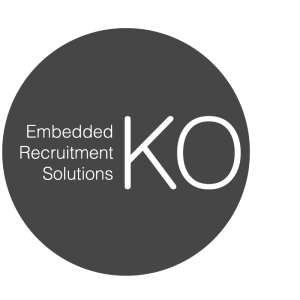Technology is advancing at an incredible rate, and with it so is the demand for products and devices that are more efficient, more reliable and more cost-effective. The creation of embedded system technologies was a direct result of this demand, offering incredible functionality on a compact and cost-effective scale with high levels of reliability and limited maintenance.
These characteristics of embedded systems are what make it such a popular and interesting kind of technology, which we’re definitely seeing through the ever-growing range of applications for embedded software and devices. If you’re an engineer working in or aspiring to be part of the embedded systems or IoT sector, understanding the purpose of an embedded system and how its features relate to this is an essential part of your role.
In this article, we explore the key characteristics of an embedded system, how these characteristics are utilised in the main types of embedded systems, and why these features are so advantageous.
What Is an Embedded System?
An embedded system is a system of components and software that perform a specific function with high levels of efficiency and reliability. It can be part of a wider system of other devices or may operate as a standalone system, both of which require minimal intervention to function properly.
Embedded systems are made up of a small range of components and integrated software, usually with a microcontroller or a microprocessor as the main component. Embedded hardware will be used to help the device carry out its designated function and input and output interfaces will interact with the environment around the system. Some types of embedded systems may also include communication interfaces, a power management system and an operating system which facilitates a user interface.
Despite being relatively small with specific functionality, embedded systems are present in a wide variety of technology that ranges from wearable devices to military machinery. The unique characteristics are advantages of embedded systems which make them a popular feature of many products and devices, and they’re also closely linked to the Internet of Things which is a popular and rapidly developing technology.
In its purest form, an embedded system will be a chip with a microprocessor or microcontroller that runs embedded software to perform a singular function. There are many different types of embedded systems and applications of this technology, but the majority share the same key characteristics.
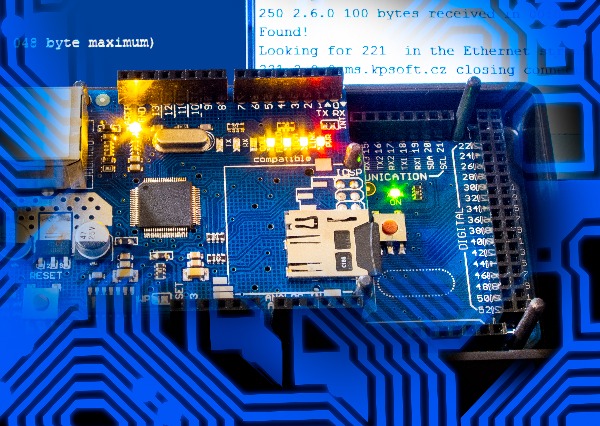
The Key Characteristics of Embedded Systems
Knowing the characteristics of an embedded system is a key part of being able to successfully design and work with them. The characteristics we discuss below are all linked to some of the unique features of embedded systems which make them so useful and popular in engineering projects across a wide range of industries. As an engineer or developer working with embedded systems, knowing these characteristics and what they offer the systems and devices is essential to successful work.
Specific Functions
Perhaps the defining characteristic of embedded systems is that they have a specific function. Instead of running software that allows the system to perform multiple functions, an embedded device serves a particular purpose and has been programmed to carry out one particular task.
This specificity is what makes embedded systems so good at fulfilling their purpose. With only the capabilities to complete the function they have been designed for, they are incredibly efficient, reliable and fast.
Efficient Design
Having only one function means that embedded systems are all designed uniquely. A resulting characteristic of these devices with embedded systems is that their design is incredibly efficient, without any room for extensions and additions.
Limited space, as well as specific functionality, leads to embedded systems being incredibly efficient at using energy, managing memory and processing information. Every aspect of their design is tailored to ensure this efficiency, making them exceptional at serving their intended purpose.
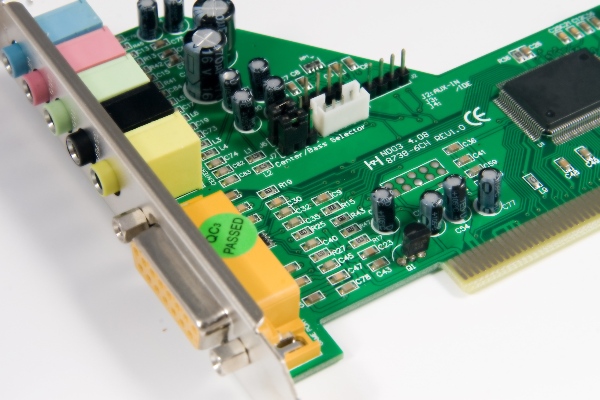
Real-Time Operation
The majority of embedded systems are real-time, which means that they are programmed to respond to external events within a constrained frame of time. It’s this characteristic that means embedded systems are a key feature of critical applications in the medical and aviation industries, which is another reason why they’re designed to be so reliable.
Reliable
Leading on from that point, another of the important characteristics of an embedded system is that it’s notoriously reliable. This is because of its efficiency and specific functionality, both of which mean that embedded systems are very good at consistently performing their intended function over a long period of time.
Small Size
Another, more practical characteristic of embedded systems is that the devices themselves tend to be quite compact. In most cases, all aspects of the design need to be placed on a chip, so the resulting embedded system and the device that it’s part of are usually pretty small, even if the wider system they are part of is large.
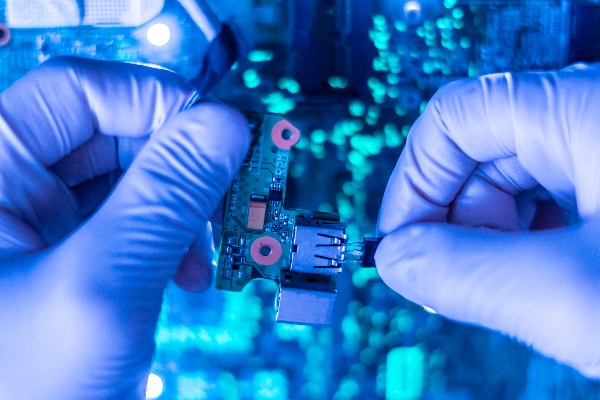
Low Cost
Thanks to the compact and efficient design of most types of embedded systems, another key characteristic is that they’re quite a low-cost piece of technology. This makes them an attractive feature for designers and engineers, as you benefit from impressive functionality for a very reasonable price.
Minimal User Interface
A general characteristic of products and devices that use embedded systems is that they have quite minimal user interfaces. This is because their single functionality means that there’s not a lot that a user needs control over, so other than a few simple buttons or information, the user interface requirements are pretty simple.
Types of Embedded Systems
The above characteristics of embedded systems are all common across the majority of examples of this kind of technology. However, some of these characteristics are not present in certain types of embedded systems, whilst others are more important because of the purpose and function of the technology.
Here are some examples of types of embedded systems and what they are used for.
Networked Embedded Systems
Networked embedded systems are connected to a wider network of other devices which they communicate with. Information is shared and received through a network interface and the devices rely on this information to perform their designated functions.
Embedded systems that are part of a network tend to be general-purpose processors and can be wired or wireless. They’re usually used in the industrial control or building sectors, are used for automation and control systems, or are part of monitoring systems that make use of small devices collecting data from different sources. Common examples include weather monitoring systems, security systems or ATMs.
Real-Time Embedded Systems
Real-time embedded systems perform their function in real-time in response to an input signal or external event. Reliability is a really important characteristic here, as these types of embedded systems are often used in safety-critical sectors or as part of large machinery and transport to measure the environment and trigger alerts or actions to ensure safety or performance.
There are two main types of real-time embedded systems; hard and soft. Hard real-time embedded systems are totally time-bound, whilst soft real-time embedded systems operate within time frames but are more flexible with what this time frame can be. If the former fails to function within its designated time then the whole system will fail. If the latter fails, the system will continue to function, just with a slight decrease in output quality.
Examples of hard real-time embedded systems include military machinery, air traffic control systems and medical equipment, where a failure in system function would lead to serious harm. Examples of soft real-time embedded systems include electronic gaming devices, media players and microwaves or other small household appliances, where a failure in function would be annoying but not life-threatening.

Mobile Embedded Systems
Mobile embedded systems are specifically designed to be used in mobile devices. Phones are the most common example, but you’ll also find them in some digital cameras, calculators and tablets.
Key embedded system characteristics that are particularly important for mobile devices are the compact size and low power consumption. As discussed above, these systems need to take up as small a space as possible whilst still delivering optimal functionality, so are specifically designed to be as efficient as possible with memory and power.
Stand-Alone Systems
Stand-alone embedded systems operate independently without the need for a computer or processor as a host. Input signals are processed into a digital output without needing any kind of supporting system or network, and this output is usually displayed on a connected device.
This type of embedded system differs from the others as it is not part of a wider system that shares data and works collaboratively to serve a purpose. Examples of stand-alone embedded systems are often devices that many of us use day-to-day, such as wearable devices, music players, larger household appliances and some digital cameras.
The Advantages of Embedded Systems
We’ve already discussed how many embedded system characteristics are what make them such a popular kind of technology. Below, we dive deeper into some of the advantages of them.
Energy Efficient
The small size of an embedded system means that it cannot require very much power to run. This helps to reduce the overall energy costs for the entire system it is part of, as well as meaning that devices running on embedded systems have a longer battery life.
Cost Effective
The limited number of components in an embedded system also means that it is relatively cheap to manufacture, which is great news for companies that are mass-producing embedded devices and products. It’s also a benefit to engineers and employers wanting to test different versions of embedded systems without having to worry about the cost of producing multiple prototypes which have only had minor changes made to them.
Mass-Produced
The simplicity of embedded systems is an advantage for industries and companies that require large numbers of the same components and devices. This links to the above point about embedded technology being generally cost-effective and accessible, which is why it is being used in more and more products.
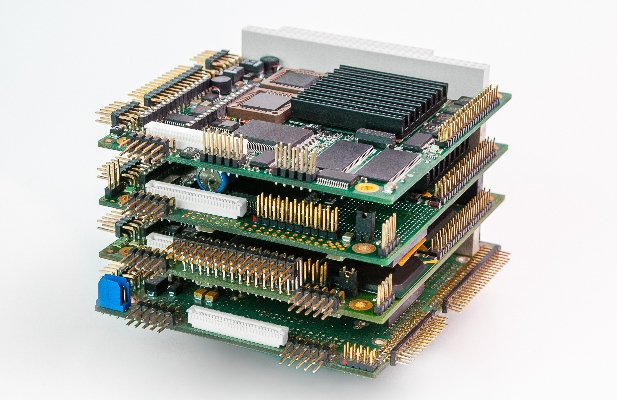
Compact
Embedded systems are notoriously compact, and this is an advantage because it is very easy to integrate them into other devices and technology. They’re also generally quite lightweight, so won’t often impact the functionality of the machine or product that they are attached to at all.
Reliable
Finally, one of the most desirable advantages of embedded systems is that they are incredibly reliable. With a specific function and unique software designed to carry this out, minimal components and efficient power and memory usage, it’s much less likely that an embedded system will malfunction than other kinds of technology with multiple functions. This is ideal for safety-critical systems and equipment, which are key areas where embedded software and systems are used.
Summary
There are limitations to devices with embedded systems, but the stand-out features and advantages that these bring make it a really popular technology in the engineering industry at the moment. Engineers and developers working with embedded systems should ensure that they’re familiar with these characteristics and how best to utilise them in designs, making the most of the specific functionality and reliability that embedded systems are best known for.
If you’re an engineer or developer seeking a job in the embedded systems industry, KO2 is a specialist recruiter that can help you find the right opportunities. Take a look at our current embedded software engineering roles or get in touch to speak to the team about what you’re looking for.


